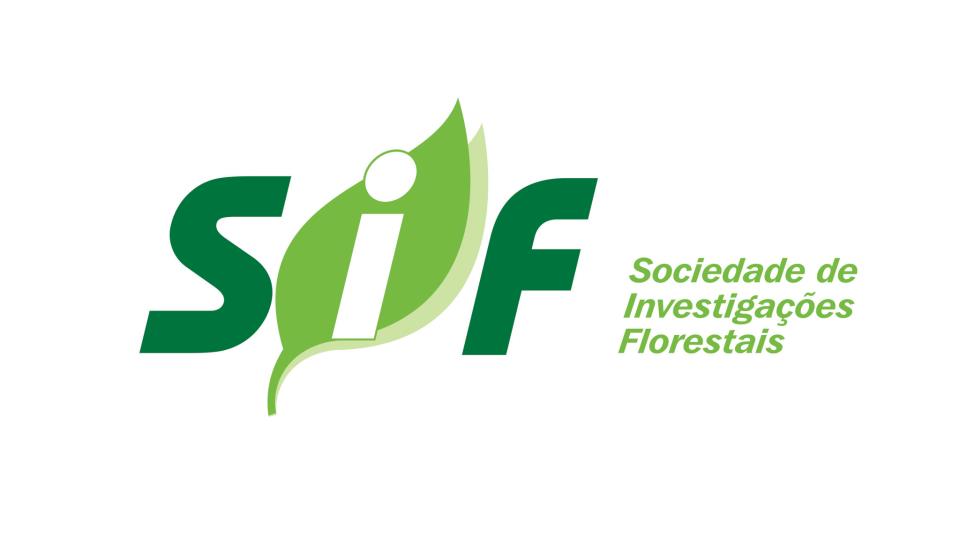Biblioteca Florestal
Digital
Digital
Estratificação em cerrado sensu stricto a partir de imagens de sensoriamento remoto e técnicas geoestatísticas

JavaScript is disabled for your browser. Some features of this site may not work without it.
| dc.contributor.author | Reis, Aliny Aparecida dos | |
| dc.contributor.author | Mello, José Marcio de | |
| dc.contributor.author | Acerbi Júnior, Fausto Weimar | |
| dc.contributor.author | Carvalho, Luis Marcelo Tavares de | |
| dc.date.accessioned | 2015-09-21T19:36:54Z | |
| dc.date.available | 2015-09-21T19:36:54Z | |
| dc.date.issued | 2015-06 | |
| dc.identifier.citation | REIS, A. A. et al. Estratificação em cerrado sensu stricto a partir de imagens de sensoriamento remoto e técnicas geoestatísticas. Scientia Forestalis, Piracicaba, v. 43, n. 106, p. 377-386, jun. 2015. | pt_BR |
| dc.identifier.issn | 2318-1222 | |
| dc.identifier.uri | http://www.bibliotecaflorestal.ufv.br:80/handle/123456789/15220 | |
| dc.description.abstract | As imagens de sensoriamento remoto são utilizadas atualmente como uma fonte de dados auxiliares para o inventário de florestas nativas. Estas imagens, quando aliadas a técnicas geoestatística podem propiciar ganhos em precisão nas estimativas do inventário. Nesse sentido, o objetivo deste estudo foi: (a) avaliar a estrutura de dependência espacial dos valores de reflectância do dossel de um fragmento de Cerrado Sensu Stricto; (b) determinar as correlações entre os dados espectrais e o volume de madeira; (c) avaliar a eficiência da pré-estratificação com base nos valores de reflectância do fragmento de Cerrado nas imagens do satélite Landsat 5 TM aliado ao estimador de krigagem e comparar as estimativas da amostragem casual estratificada (ACE) com as estimativas da amostragem sistemática (AS), por meio da variável de interesse no inventário florestal. A área de estudo corresponde a um fragmento de Cerrado Sensu Stricto localizado no município de Cônego Marinho, MG. Os dados do inventário florestal foram obtidos lançando-se de forma sistemática 41 unidades amostrais. Os volumes de madeira foram obtidos através de equações volumétricas. Os dados espectrais foram coletados em uma imagem do satélite Landsat 5 TM, nas bandas TM1, TM2, TM3, TM4 e TM5 e nos índices de vegetação NDVI e SR. Os dados espectrais passaram por uma análise variográfica e foram correlacionados com o volume total de madeira. Em seguida, realizou-se a estratificação da área com base nos dados espectrais. Todas as variáveis espectrais apresentaram-se espacialmente estruturadas. O volume de madeira apresentou as maiores correlações com as variáveis reflectância na banda TM4 (r = -0,638) e reflectância na banda TM5 (r = -0,501). O erro de amostragem do inventário foi de 19,11% para a AS, e variou de 13,42 % a 18,39% para as diferentes estratificações geradas. As melhores estratificações foram geradas pelas variáveis espectrais que apresentaram os maiores valores de correlação com o volume de madeira e, também as que apresentaram os maiores graus de dependência espacial (DE). | pt_BR |
| dc.description.abstract | Remote sensing images are currently used as a source of auxiliary data for the inventory of native forests. These images when combined with geo-statistical techniques can provide gains in accuracy in inventory estimates. Accordingly, the aim of this study was to: (a) evaluate the spatial dependence structure of canopy reflectance values in a Cerrado Sensu Stricto fragment; (b) determine the correlations between the spectral and the wood volume data; (c) evaluate the pre-stratification efficiency based on the reflectance values from images of Landsat 5 TM satellite in a Cerrado fragment combined to kriging estimator and compare the random stratified sampling (RSS) estimates to systematic sampling (SS) estimates through the variable of interest in the forest inventory. The study area corresponds to a Cerrado Sensu Stricto fragment in Cônego Marinho city, MG. The forest inventory data were obtained from 41 plots distributed systematically. The wood volume was obtained by volumetric equations. The spectral data were collected from image in the satellite Landsat 5 TM. The spectral data were composed by TM1, TM2, TM3, TM4 and TM5 bands and the NDVI and SR vegetation indices. The spectral data have undergone a variographic analysis and were correlated with the total wood volume. Then, the stratification was carried out in the area from the spectral data. All the spectral variables showed spatially structured. The wood volume presented the highest correlations with the reflectance variables in TM4 band (r = -0,638) and reflectance in TM5 band (r = -0,501). The inventory error for SS was 19.11%, and ranged from 13.42% to 18.39% for different stratifications. Best stratifications were generated by spectral variables that presented the highest correlation values to the wood volume and those also presented the highest degree of spatial dependence (DE). | pt_BR |
| dc.format | 10 páginas | pt_BR |
| dc.language.iso | pt_BR | pt_BR |
| dc.publisher | Instituto de Pesquisas e Estudos Florestais | pt_BR |
| dc.relation.ispartofseries | Scientia Forestalis:v.43,n.106; | |
| dc.subject.classification | Ciências Florestais::Manejo florestal::Geoprocessamento e sensoriamento remoto | pt_BR |
| dc.subject.classification | Ciências Florestais::Manejo florestal::Dendrometria e mensuração florestal | pt_BR |
| dc.title | Estratificação em cerrado sensu stricto a partir de imagens de sensoriamento remoto e técnicas geoestatísticas | pt_BR |
| dc.title | Stratification in cerrado sensu stricto from remote sensing images and geo-estatiscal techniques | pt_BR |
| dc.type | Artigo | pt_BR |
Arquivos deste item
| Arquivos | Tamanho | Formato | Visualização | |
|---|---|---|---|---|
| Scientia_Forestalis_v43_n106_p377-386_2015.pdf | 1.193Mb |

|
Visualizar/ |
|





